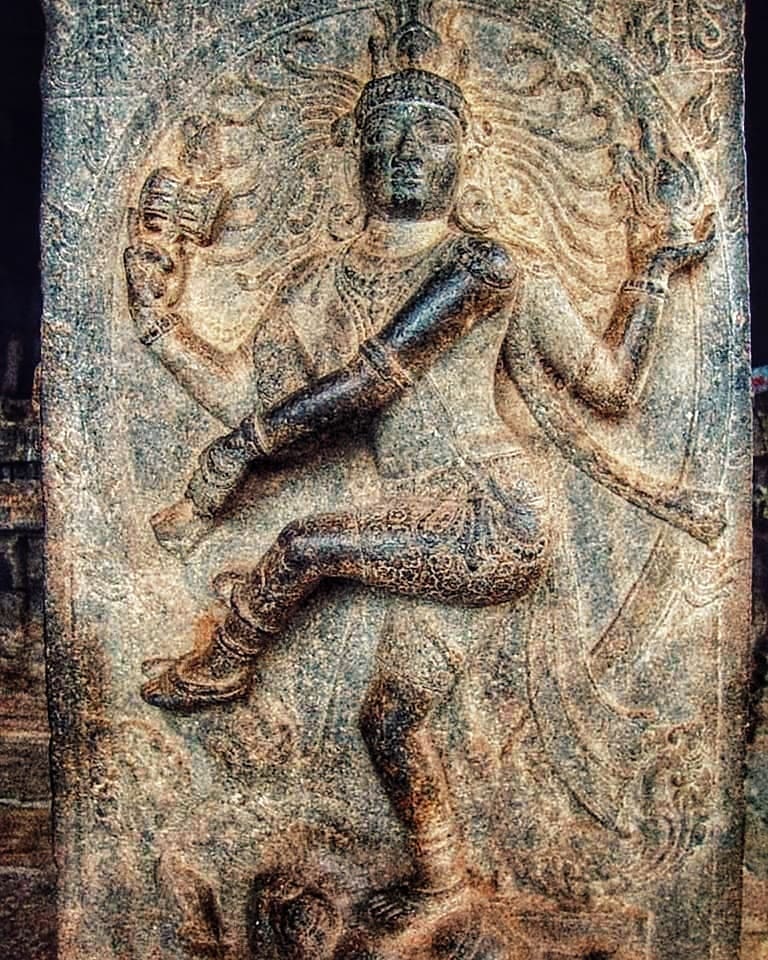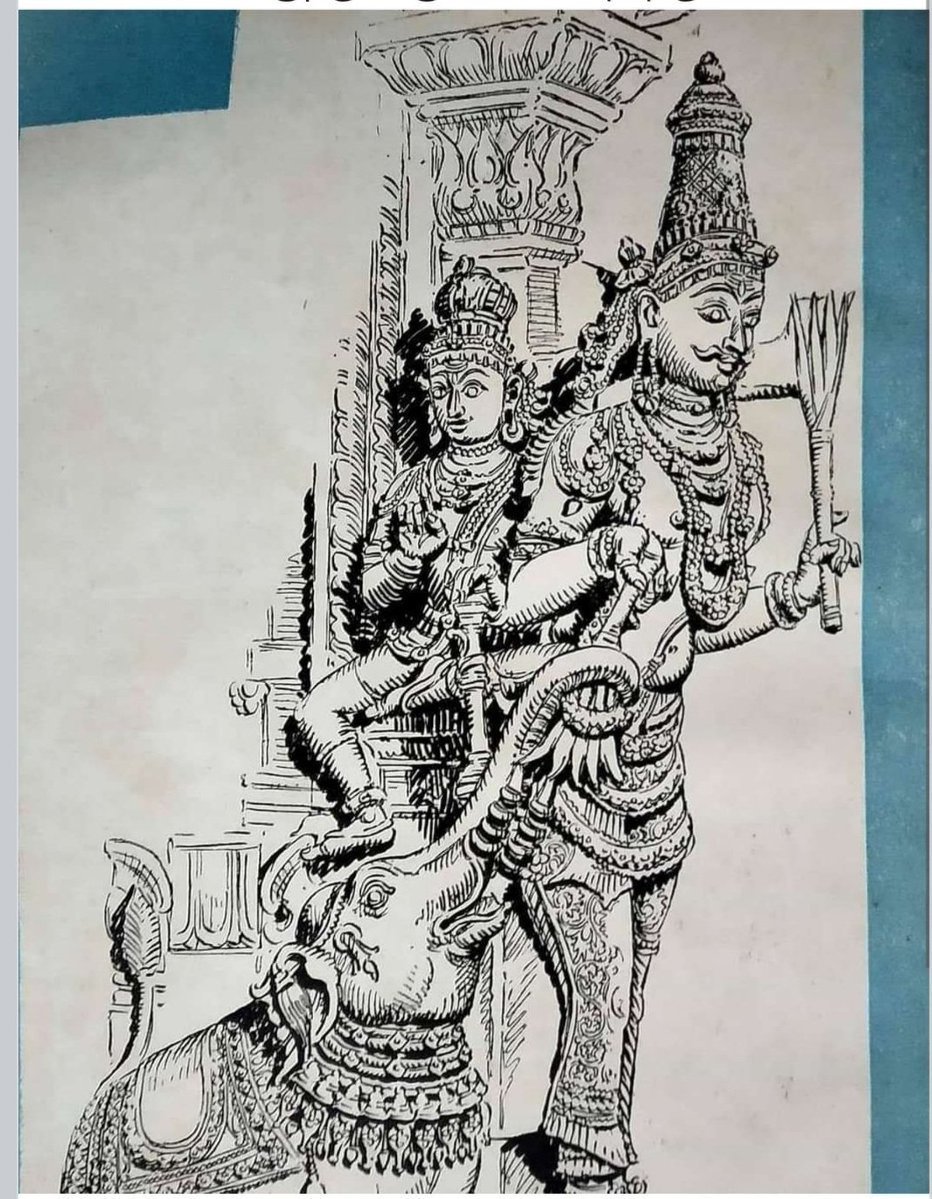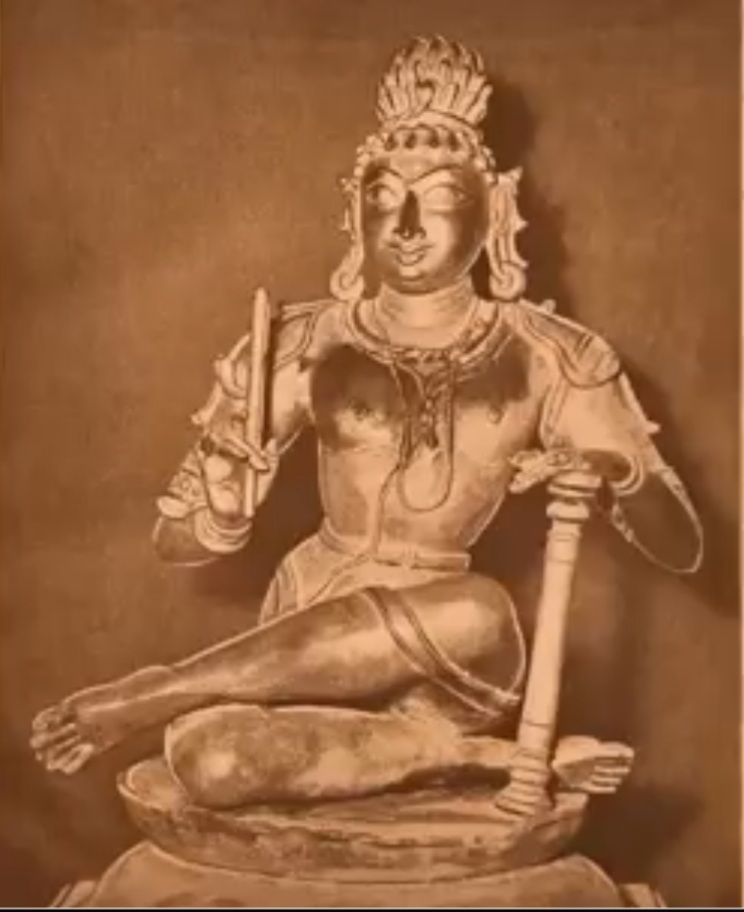They are sealed away behind a mighty wall by a legendary king, Dhul al-Qarnayn who is frequently linked to Alexander the Great and occasionally Cyrus the Great, though neither are exact matches
In Islamic eschatology, the world will be flooded by a mighty invasion in the end of days.
The great army of the monstrous Yajuj and Majuj (Gog and Magog) will rampage throughout the earth.
A thread-
They are sealed away behind a mighty wall by a legendary king, Dhul al-Qarnayn who is frequently linked to Alexander the Great and occasionally Cyrus the Great, though neither are exact matches
Thus sealed away, the world is safe from Yajuj and Majuj, that is, until the end of days.
When they stand in formation their army stretches from Syria to ends of Persia.
They will swarm the Earth, until it becomes difficult to find food and water. Then Isa (Jesus) who had returned, will ask God to intervene.
The mightiest army will by laid low by the tiniest bugs.
They are frequently treated as monstrous humans. A tradition from ibn Abbas deems them as inhuman, different from human and jinn both.
Written descriptions say they are covered in great ears.
The wall holding them back is generally associated with places like Armenia, or Ibn Battuta may have linked it to the Great Wall of China.
He quickly dispatched an emissary to ensure the wall was still intact.
Artistic rendering of the building of the wall show jinn and human working together to build it—a reminder of how great the threat of Yajuj and Majuj was for human and jinn alike.
They postulated the world would come to an end and the armies of the Yajuj and Majuj unleashed when all the planets aligned in Pisces.
It also provides an important insight into medieval imagination of geography, conceptions of the other, and the boundaries of empire
More from Religion
Are you trying to say the Verse of Quran i had mentioned
I didn't know about this thread earlier but now that I have seen it, i wish to bring out the Paradox of Equality of Comb in to picture.
— Kungfu Pasmanda 2.0 (@AnisShafiullah) January 16, 2021
a) Bukhari Hadith on Quresh's exclusive right to Caliphate
b) A comb that's has equal teeth but... https://t.co/E1GuxFSUGy pic.twitter.com/7VtbVkgoeh
in the thread is false? If that's your claim then say it clearly that all the verses of Quran and hadiths are false which talks about equality and your propaganda is the ultimate truth and hidden secret of Islam.
a) If you are trying to say that just being born in a Quraysh tribe
makes one superior than others then let me remind you that the first oppressors of the Prophet pbuh were Quraysh, the first battle of Muslims happened with Quraysh, the guy who was cursed by Allah in Quran was a Quraysh (ever read Quran?). And if you want to show that being from
the lineage of Prophets makes you superior than others then let me remind you that the son of Prophet Adam will be in hell (as informed to us by the narrations), the son of Prophet Noah will be in hell, the wife of Prophet Noah will be in hell, the wife of Prophet Lut will be in
hell. And if you are trying to say that only Quraysh had the right to rule and not others then let me remind you from history that the Messenger of Allah pbuh appointed leaders Abdullah bin Ruwaha, Zaid bin Haritha, and Usama bin Zaid, and all of them were not from Quraish.
You May Also Like

There is co-ordination across the far right in Ireland now to stir both left and right in the hopes of creating a race war. Think critically! Fascists see the tragic killing of #georgenkencho, the grief of his community and pending investigation as a flashpoint for action.

Across Telegram, Twitter and Facebook disinformation is being peddled on the back of these tragic events. From false photographs to the tactics ofwhite supremacy, the far right is clumsily trying to drive hate against minority groups and figureheads.
Be aware, the images the #farright are sharing in the hopes of starting a race war, are not of the SPAR employee that was punched. They\u2019re older photos of a Everton fan. Be aware of the information you\u2019re sharing and that it may be false. Always #factcheck #GeorgeNkencho pic.twitter.com/4c9w4CMk5h
— antifa.drone (@antifa_drone) December 31, 2020
Declan Ganley’s Burkean group and the incel wing of National Party (Gearóid Murphy, Mick O’Keeffe & Co.) as well as all the usuals are concerted in their efforts to demonstrate their white supremacist cred. The quiet parts are today being said out loud.
There is a concerted effort in far-right Telegram groups to try and incite violence on street by targetting people for racist online abuse following the killing of George Nkencho
— Mark Malone (@soundmigration) January 1, 2021
This follows on and is part of a misinformation campaign to polarise communities at this time.
The best thing you can do is challenge disinformation and report posts where engagement isn’t appropriate. Many of these are blatantly racist posts designed to drive recruitment to NP and other Nationalist groups. By all means protest but stay safe.





























